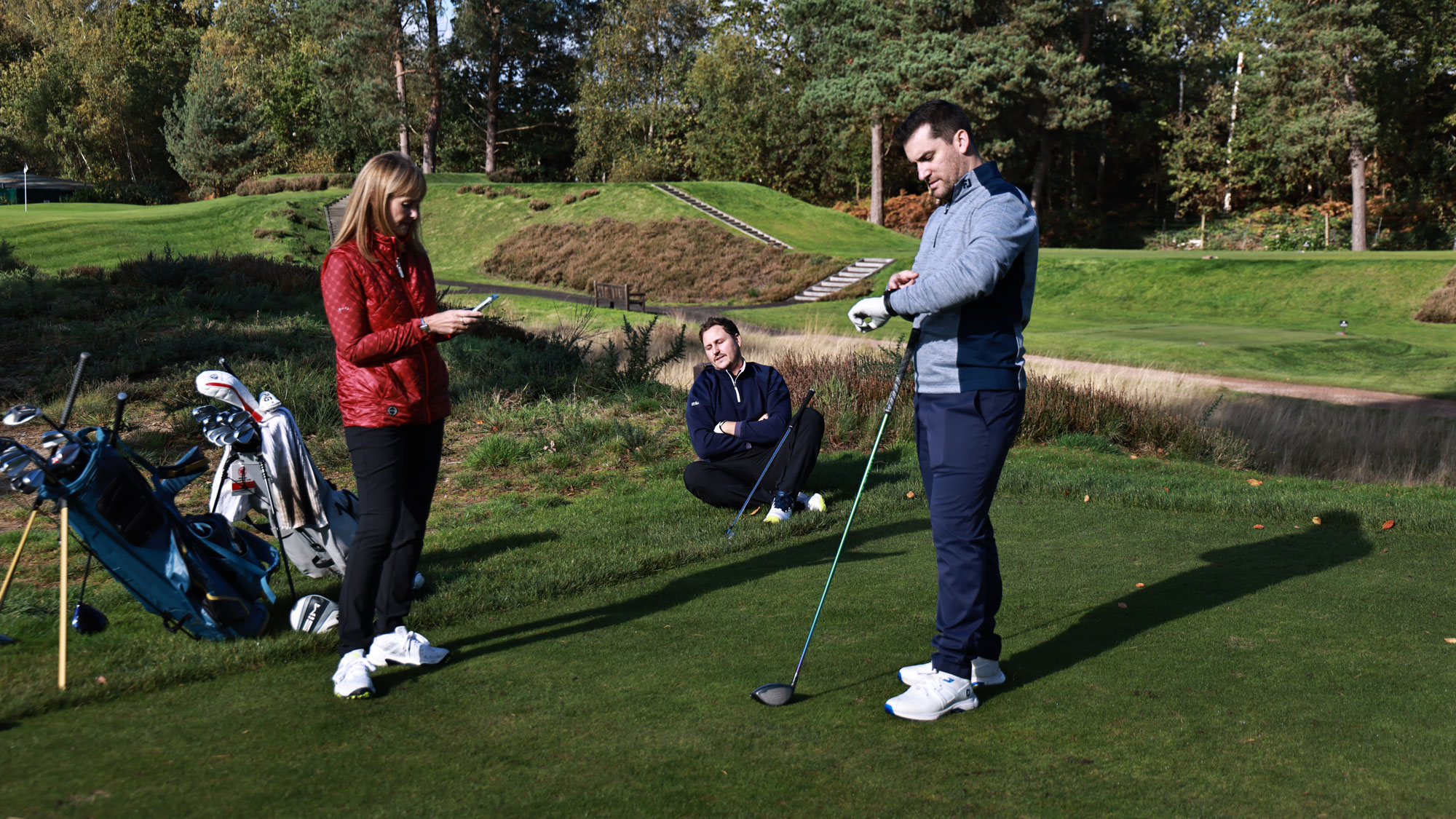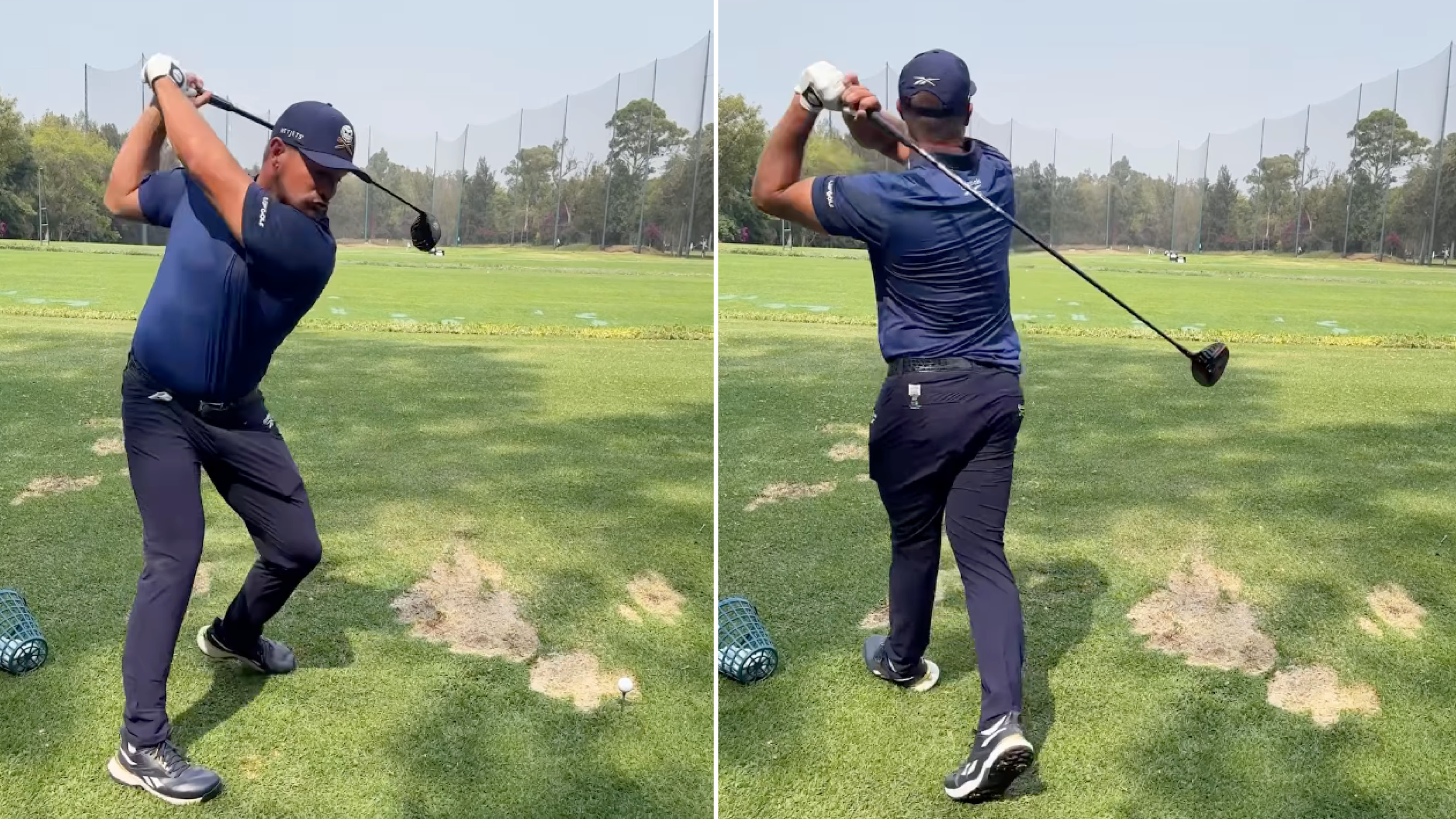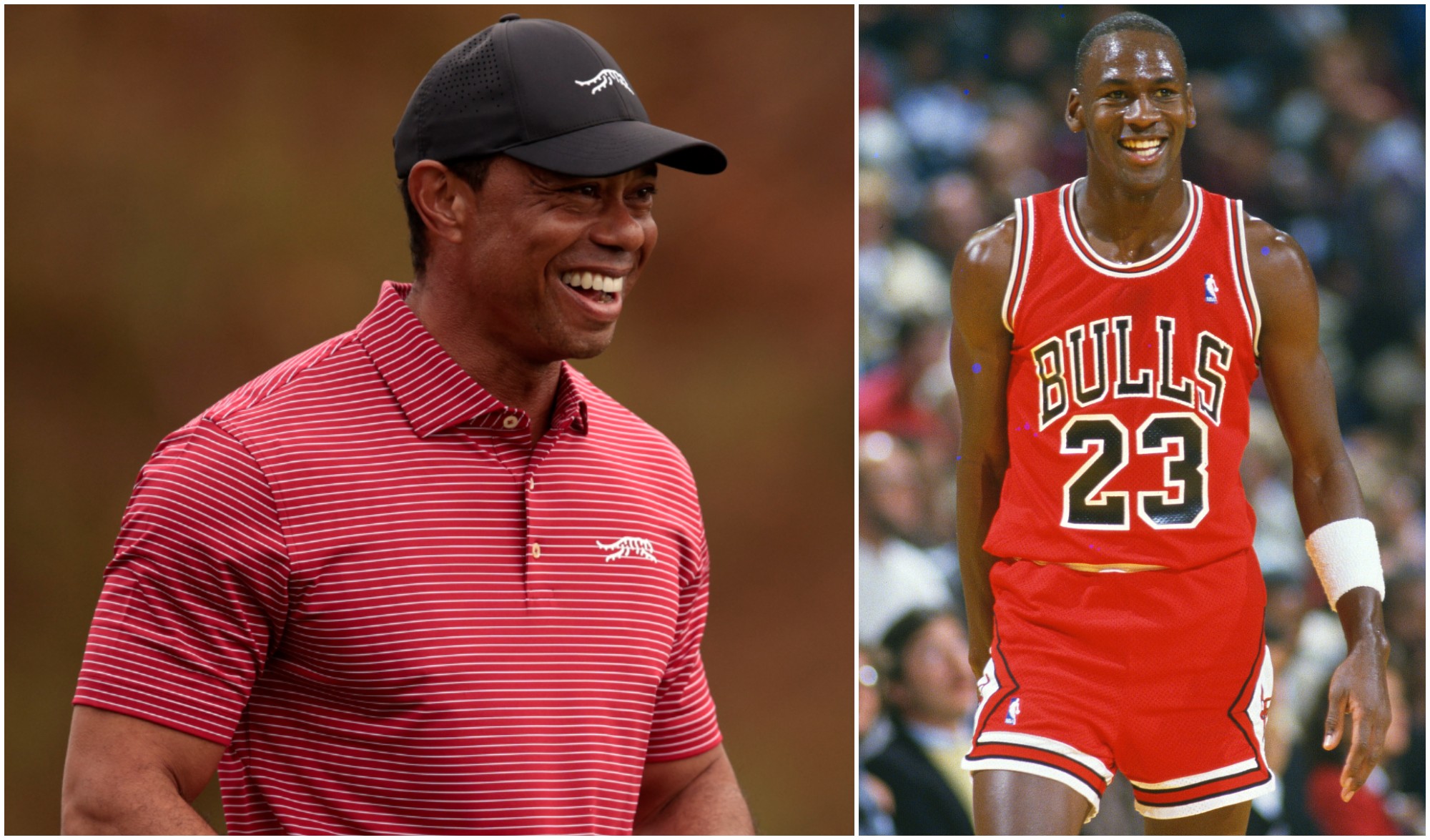'Most Club Golfers Would Be Blacklisted For Taking This Long To Complete 18 Holes' – Is Slow Play Worse On Tour Than In The Amateur Game?
Amateur golfers are often heavily scrutinised for their pace of play, so why do some tour professionals get away with playing painfully slow rounds of golf?


Slow play is one of the most contentious and highly-debated topics in golf, with amateur golfers usually being shoe-horned into one of two lanes: those being scolded for taking too long or those complaining about others inability to keep up with the pace of play.
In the interest of complete transparency, I will admit that I have fallen into both camps at one time or another, but as someone who watches a lot of televised golf I can't understand why the top professionals in the world are getting away almost entirely scot-free.
After growing disillusioned with the sedate speed of top tier golf, and noticing a problem with the pace of play on the PGA Tour, I decided to carry out another little experiment of my own. Over the course of two different rounds of DP World Tour action, I timed 12 groups and measured how long it took them to complete their round... and I think most club golfers would be blacklisted for taking this long to complete 18 holes of competition golf.
Slow Play In The Professional Game
There are a number of factors that can affect the length of time it takes to complete 18 holes of golf. These include the size (number of players) and pace of the groups in front of you, the weather, the difficulty of the course, the pressure of the competition and the potential need for one or more rulings from officials or playing partners.
It would be fair to assume that the number of these factors affecting amateur golfers in their Saturday medal will often be significantly less than a professional playing in a televised event. Tour pros also have the crowd, immovable temporary structures and longer walks from the back tees/between holes to contend with, but I still can't fathom how it takes so long to get round the course.
The DP World Tour pace of play policy specifies that a 3-ball taking on a par-3 should complete the hole in 11 minutes, whereas a par-4 (14 minutes) and a par-5 (18 minutes) are expected to take longer to finish.
Additional time can be added for particularly challenging holes, or when the walk between the previous green and the next tee is considerably longer than usual, but the DP World Tour suggest the average round time for a 3-ball will be 4 hours and 54 minutes.
Get the Golf Monthly Newsletter
Subscribe to the Golf Monthly newsletter to stay up to date with all the latest tour news, equipment news, reviews, head-to-heads and buyer’s guides from our team of experienced experts.

Tackling slow play needs to be a priority at every level of the game
After enduring a couple of rather sluggish affairs at the Nedbank Golf Challenge and The Alfred Dunhill Championship, I have to say the reality is much worse.
Of the 12 groups that I tracked, not one completed the round in less than five hours, so it's no wonder why so many golf fans are becoming disillusioned with the viewing experience of live televised golf.
At the Nedbank, which is actually a smaller field event, the Jordan/Sullivan/Olesen group took a staggering five hours and twenty-one minutes to complete their round, while the Larrazabal/Homa/Strydom group clocked in with a round at one minute longer still.
At the Dunhill, The Baldwin/Premlall/Jarvis group were slightly more efficient at five hours and four minutes, but the overall average among the 12 groups was still significantly higher than the suggested completion time for a 3-ball on the DP World Tour.
It is widely accepted that a 3-ball of amateur golfers should complete their round in less than four hours, so why are the pros getting more than an hour on top when you consider their high level of skill and experience in the game?
It would be unreasonable to compare the scenarios between an amateur club medal and a DP World Tour event as like-for-like, especially when you consider what is at stake for so many professionals, but in a bid to engage their audience something has to be done.
With a substantial drop in viewership figures being reported, the urgency with which this issue needs to be addressed is ever-increasing. It's a pretty damning inditement that the sport is failing to hold the attention and loyalty of its current fan base when we should be focusing on growing the game to a new audience.

Barry joined Golf Monthly in January 2024, and now leads the instruction section across all platforms including print and digital. Working closely with Golf Monthly's Top 50 Coaches, he aims to curate and share useful tips on every aspect of the game - helping amateurs of all abilities to play better golf. A member at Sand Moor Golf Club in Leeds, he looks forward to getting out on the course at least once a week in the pursuit of a respectable handicap.
Barry is currently playing:
Driver: Benross Delta XT Driver
Hybrid: TaylorMade Stealth 4 Hybrid
Irons: Benross Delta XT 5-PW
Wedges: TaylorMade RAC 60, Callaway Jaws MD5 54
Putter: TaylorMade Spider Tour
-
 Watch Bryson DeChambeau Smash 400+ Yard Monster Drive In LIV Golf Mexico Practice
Watch Bryson DeChambeau Smash 400+ Yard Monster Drive In LIV Golf Mexico PracticeDeChambeau is hitting mega drives this week in the 7,800ft altitude setting of Golf Club de Chapultepec in Mexico City
By Elliott Heath
-
 Tiger Woods Heads 8 Golfers To Make All Time Rich List Of Top 50 Highest Paid Athletes
Tiger Woods Heads 8 Golfers To Make All Time Rich List Of Top 50 Highest Paid AthletesTiger Woods is the second highest paid athlete of all time behind only Michael Jordan in a new top 50 rich list from Sportico
By Paul Higham